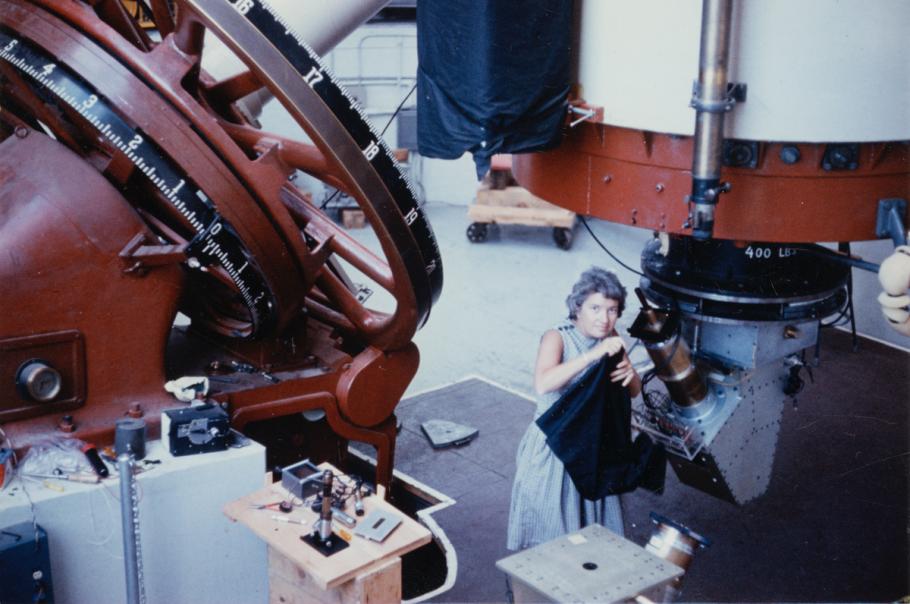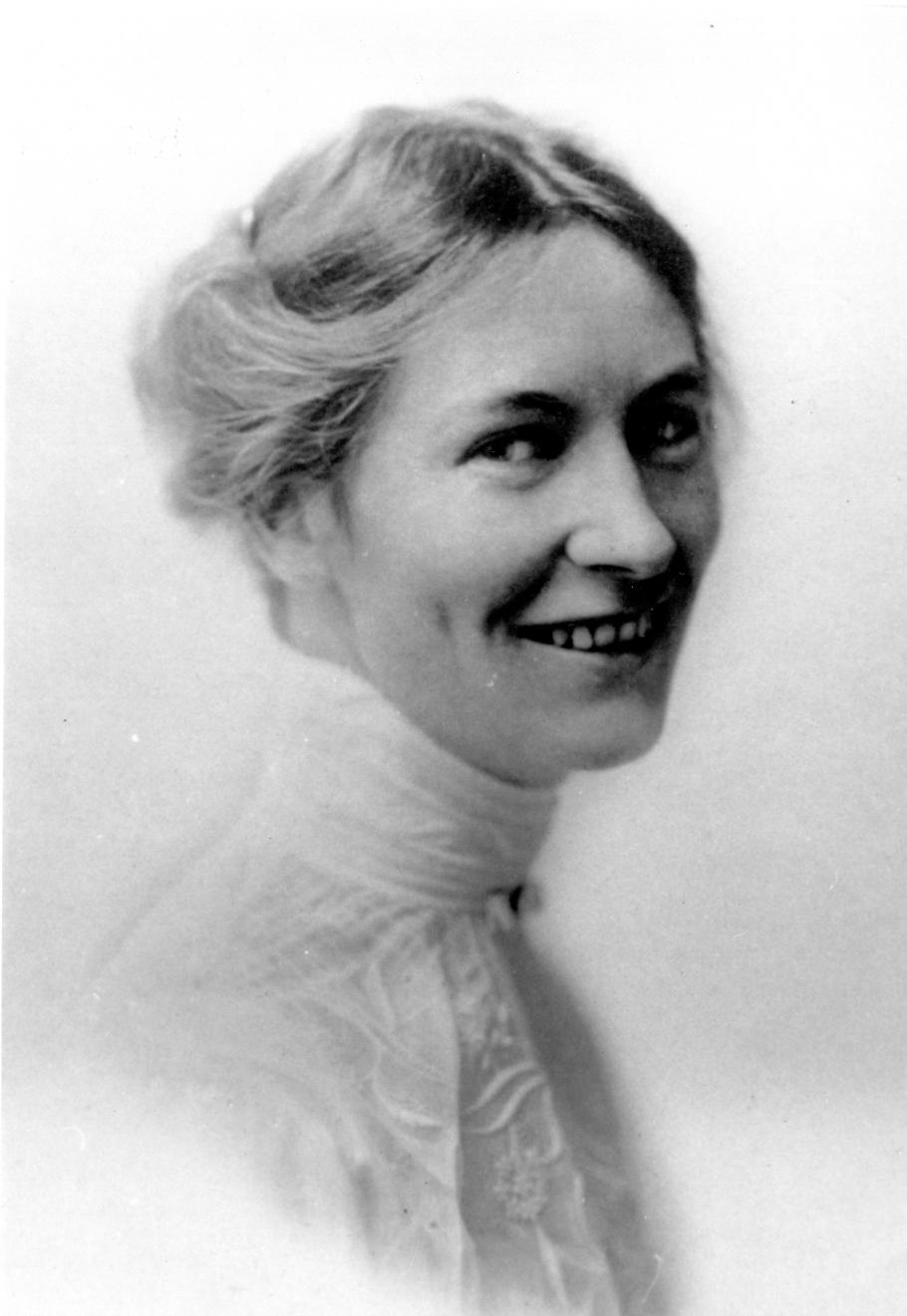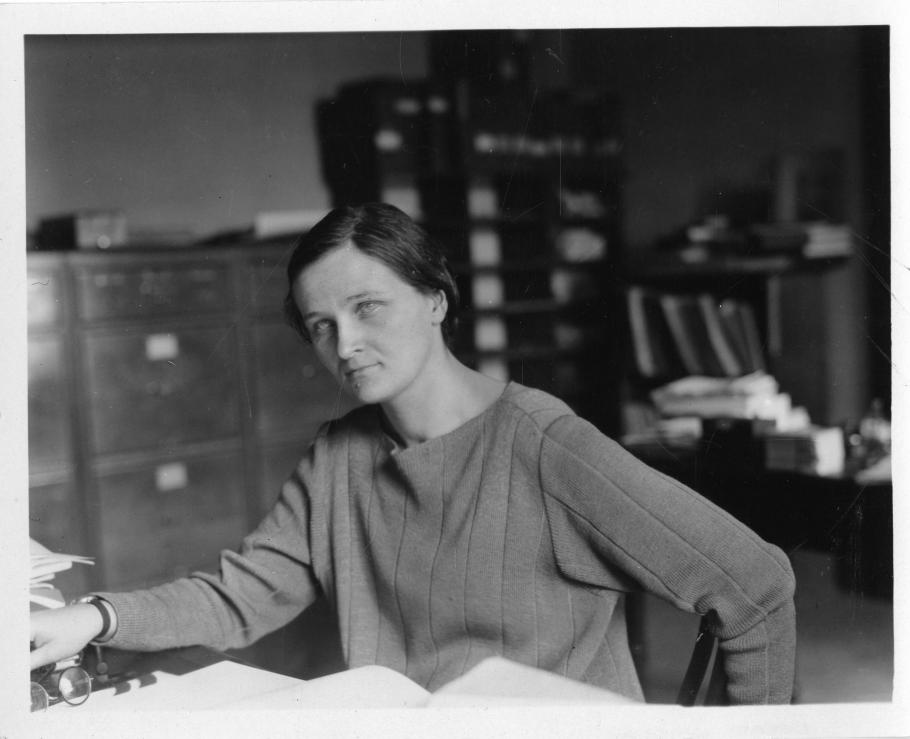One of the many threads in our Explore the Universe gallery is the changing role of women in astronomy over the past two centuries. In the present gallery, opened in September 2001, we examine how the role of women as astronomers has changed over time from assisting family members to leaders of research teams. Women first entered the field as assistants to family members—Caroline Herschel systematized her brother William’s observations that would eventually raise the question of whether external galaxies existed. Then women were incorporated as low-paid workers—Henrietta Swan Leavitt created a powerful distance determining method. Next, they were included as professional staff members—Vera Rubin discovered that we live in a universe dominated by dark matter. And now women serve as leaders of research teams and in professional societies—Margaret Geller visualized the large-scale structure of the universe as nested bubbles and voids, and Catherine Pilachowski, a past president of the American Astronomical Society, is a leader in studying the evolution of galaxies and star clusters. We are now planning to move this exhibition into a larger gallery in the center of the building. This gives us a chance to think of ways to strengthen the messages in the exhibition, especially women’s contributions to astronomy. After several recent evaluations we now realize that we need to make those more explicit. One simple solution is to put a sign at the entrance inviting visitors to look for various trends like the changing roles of women. But how we now present Herschel, Leavitt, Rubin, and the countless others also needs strengthening. One of the observations of evaluators and educators has been that we need to personalize the instruments, activities, and discoveries we present. Right now, Caroline Herschel sits at a lighted window in their home at Slough calling out to William who is standing at the telescope in their backyard making observations. We include an audio loop where they talk to one another, and if you listen carefully, it seems that Caroline is merely recording what William observes with his eyes, though she certainly has her own opinions. The fact that she helped to design the systematic process of documenting observations is not evident. Nor is the fact that on many occasions she used the telescope herself—“minding the heavens,” as she said—while William was at Court entertaining his royal patron, George III. We will be looking for ways to make these points clearer. The present exhibition boasts three full-size mannequins, all male: an observer using Tycho’s great equatorial armillary (circa 1577), William Herschel observing with his 6-meter (20-foot) reflector (circa 1790), and Edwin Hubble at the focus of the 254-centimeter (100-inch) Mount Wilson telescope he used to determine that galaxies exist, and then that they are systematically moving away from one another. All three are observing with telescopes. We presently have an image of Vera Rubin with the spectrograph she helped to design and build, using it with a 183-centimeter (72-inch) reflector. Why not bring Vera and her spectrograph to life in an immersive display depicting the base of the telescope with the spectrograph mounted? That’s one possibility.
Another idea: Why not show the Lick Observatory spectrograph being used by an observer? Hundreds of astronomers used this machine from the 1890s through the 1960s, but we have no images of how the instrument was actually used—it was usually very dark in the chamber! I used it at Lick as a student in the 1960s. I can well envisage how we might place an observer so visitors can appreciate the human/machine interface. I’m not volunteering! My choice would be to recreate how Phoebe Waterman used it in 1913 for her PhD thesis that tested the dominant Harvard system of spectral classification. As far as I know she was the first woman to be given primary access to the great 91-centimeter (36-inch) refractor. Another display? Sure, if there’s room.
Photo obtained from John C. Haas by Thomas R. Williams, courtesy of The American Association of Variable Star Observers (AAVSO).
One woman who surely changed how we think about the universe is missing in the present gallery. Cecilia Payne, a Harvard graduate student from the English Cambridge in the 1920s, used the vast stores of photographs of the spectra of stars created and housed there to test a new theory that explained changes in the spectra of the Sun and stars in response to changes in temperature and pressure. What she found was astounding, not for the range of temperatures that were predicted, but for what spectra revealed about the composition of the Sun and stars. Up to that time, everyone thought that the Sun and stars were made up of the same stuff that the Earth’s crust and meteorites presented: iron, oxygen, silicon, etc. Those elements appeared, of course, but she found that hydrogen and helium by far dominated in the atmospheres of all stars, and presumably in their interiors as well. She well knew that this was an “extraordinary claim” which required “extraordinary evidence” and that her evidence was tantalizing but not confirmative. Such a change in view, truly a revolutionary view, also made problems for other theories, like how stars structure themselves. She published her results in her thesis and in a book, but cautioned that, on the authority some of the most influential astronomers alive, it surely could not be right. Nevertheless, those same astronomers, within five years, confirmed her work and, once again, changed the universe. Wouldn’t a portrait or immersive scene of Payne at work inspecting a star’s spectrum tell the story?
Cecilia Helena Payne Gaposchkin (1900-1979) was an astrophysicist at Harvard College Observatory known for her research on stellar spectra.
These are just some examples of the many options we are considering as we explore how to make Explore the Universe more appealing, revealing, and relevant to our visitors. No matter what, exploring how women changed the universe will be a part of that process. What do you think of our ideas? Do you have ideas of your own on how we can incorporate more relevant stories into our exhibition? Let us know in the comments.




